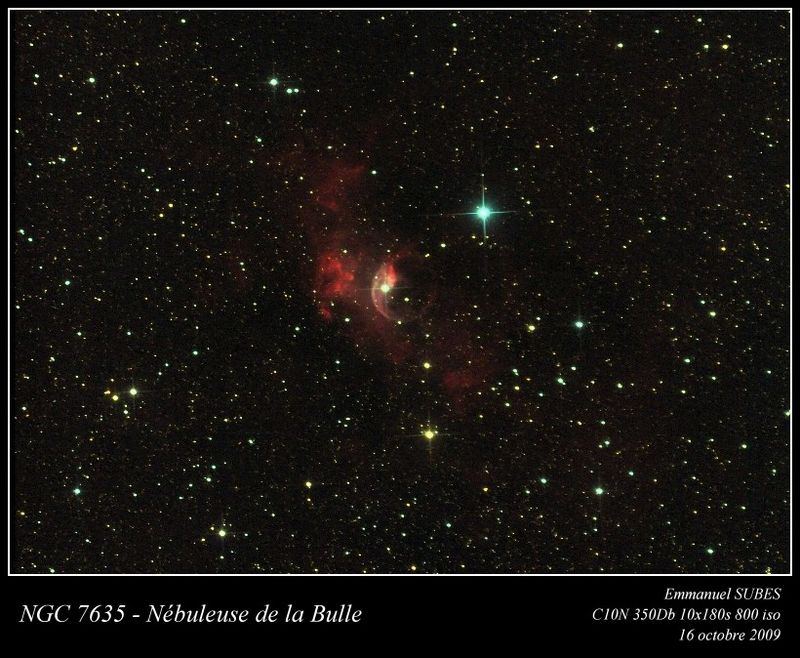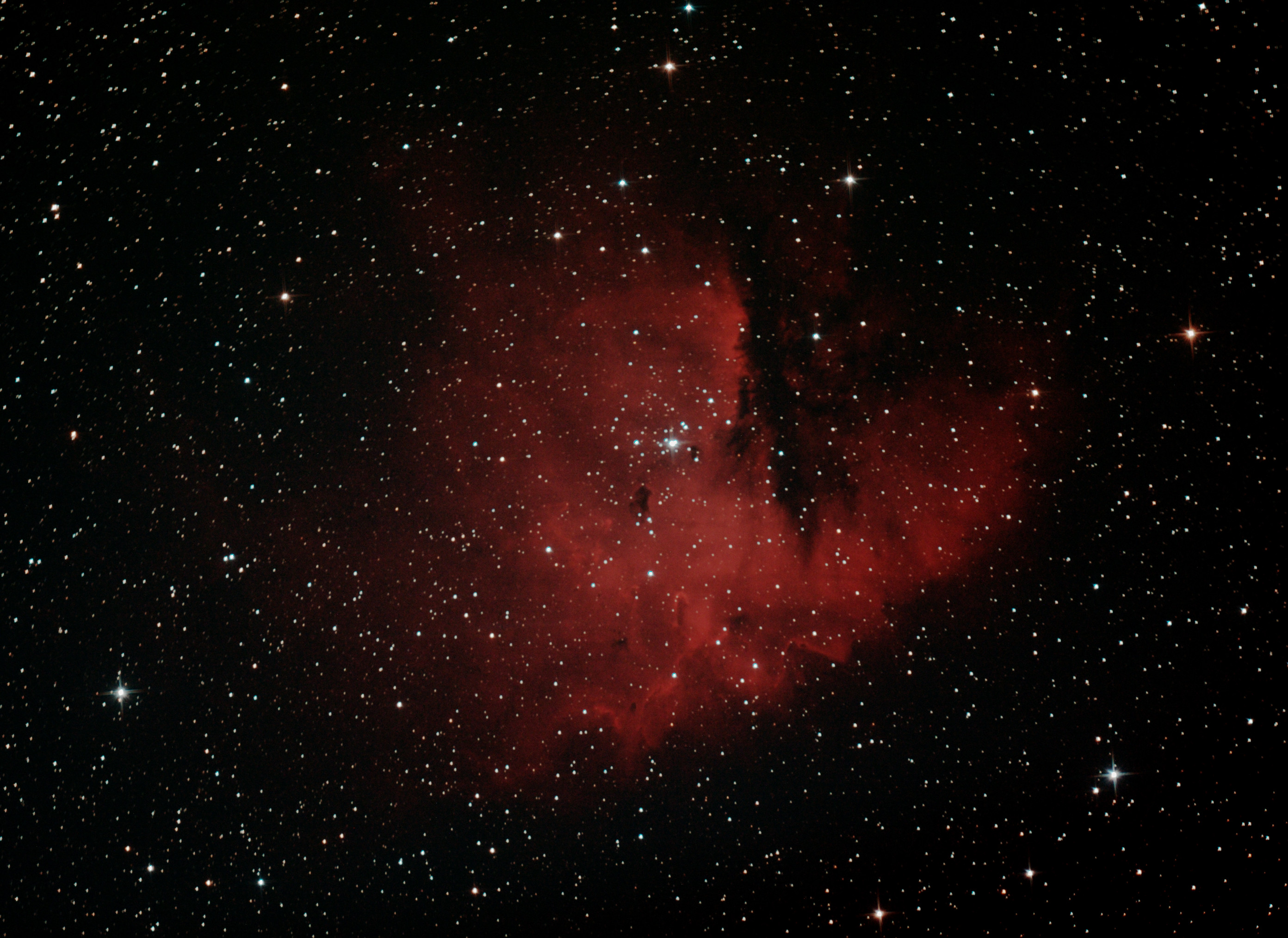
There are two main techniques used in webcam astrophotography – one is called the prime focus method, the other is the eyepiece projection method.

With many suitable webcam models readily available in the market, webcam astrophotography has enabled amateur astronomers around the world to obtain stunningly detailed images of planets & other deep sky objects right from their back yards with their modest 5-8 inch telescopes, which previously only much larger & extremely expensive setups could ever produce. It’s interesting to note that in webcam astrophotography, what you capture is not a single shot as in conventional photography but a video file that contains a large number of frames (that are stacked together to produce a single shot only in post processing).
#Fitswork software astrophoto professional#
(4) The price range of these webcams are well within the grasping range of amateur astronomers who are interested in astrophotography as a hobby & usually restricted by a limited budget, as compared to dedicated high-end astro-imaging cameras that are being used by professional astronomers. (3) Quite a few webcams available in the market employs CCD chips (as opposed to usual CMOS sensors available in low-end ‘cheap’ webcams) which had higher light sensitivity & can produce high resolution images in low-light conditions (ex: Philips SPC900NC webcam). (2) It can record a large number of still frames even in a short span of time (1-2 minutes) as a video file as opposed to a single photo, a feature particularly useful in a post-processing technique called ‘ stacking’, in which a multiple number of frames can be combined to produce a final image that has better signal-to-noise ration i.e. (1) Its lens can be removed much like the lens of a DSLR, making it possible to easily connect the webcam with any telescope using an adaptor. The modest web camera (or webcam) quickly gained interest among amateur astronomers due to quite a few characteristics that are very much useful in astrophotography: Webcam Astrophotography is the method of obtaining astrophotos using modified webcams as the main imager, coupled with a telescope. Besides being able to record the details of solar system objects such as the Moon, Sun, and planets, astrophotography also has the ability to image objects invisible to the human eye such as dim stars, nebulae and galaxies by using long exposures, since both film and digital cameras can accumulate and sum light photons over long periods of time.Īstrophotography is a large sub-discipline in Amateur Astronomy where it is usually used to record aesthetically pleasing images of astronomical objects, rather than for scientific research, with a whole range of equipment and techniques dedicated to the activity.

The first photograph of astronomical object (the Moon) was taken in 1840, but it was not until the late 19th century that advances in technology allowed for detailed stellar photography. Astrophotography (AP) is a specialized type of photography for recording images of astronomical objects and large areas of the night sky.


 0 kommentar(er)
0 kommentar(er)
